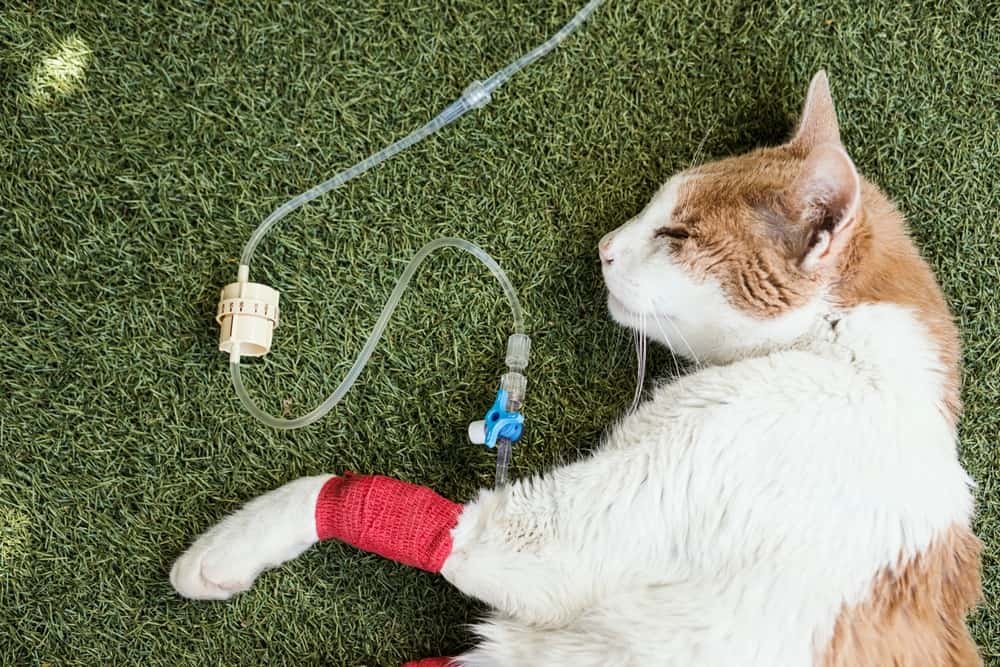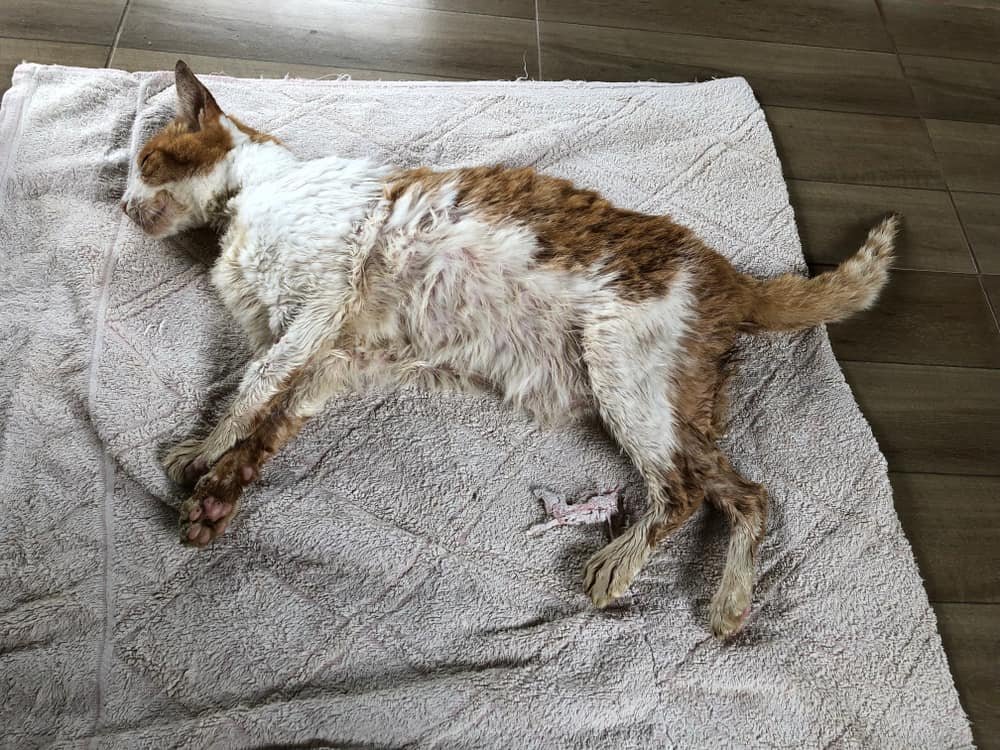Creatinine is a waste product that is produced by the muscles and filtered out of the blood by the kidneys. If the kidneys are not functioning properly, creatinine can build up in the blood and cause health problems. High creatinine levels in cats can be caused by kidney disease, muscle damage, or certain medications.
So It’s most important to know about How To Lower Creatinine Levels In Cats.
Table of Contents
How To Lower Creatinine Levels In Cats

There are a few things that you can do to help lower creatinine levels in cats.
1. Keep them Hydrated
One is to make sure that they are well hydrated. This means giving them plenty of fresh water to drink and making sure that they have access to clean water at all times. You can also try feeding them foods that are high in moisture, such as wet food or canned food.
2. Exercise
Another way to help lower creatinine levels in cats is to make sure that they are getting enough exercise. Exercise helps to keep the kidneys healthy and functioning properly. You can encourage your cat to exercise by playing with them, providing them with climbing trees or scratching posts, or taking them for walks on a leash.
3. Monitor Their Diet
You should also monitor your cat’s diet and make sure that they are not eating too much protein. A high-protein diet can cause the kidneys to work harder and can lead to creatinine buildup. Make sure to talk to your veterinarian about how much protein your cat should be eating and what type of food is best for them.
4. Talk to Your Veterinarian
If you are concerned about your cat’s creatinine levels, it is important to talk to your veterinarian. They can run tests to check for kidney disease and other health problems. They can also help you create a plan to lower your cat’s creatinine levels and keep them healthy.
Types of increased creatinine levels in cats

There are two types of increased creatinine levels in cats, acute and chronic. Acute creatinine increase happens when there is a sudden decrease in kidney function. This can be caused by infection, dehydration, or trauma. Chronic creatinine increase happens when there is a gradual decline in kidney function over time. This is usually caused by diseases such as kidney disease or diabetes.
What are the symptoms of high creatinine in cats?
The symptoms of high creatinine in cats can vary depending on the underlying cause. However, some common symptoms include increased thirst, increased urination, weight loss, lethargy, and vomiting.
Diagnosis of High Creatinine in Cats
If you notice any of the above symptoms in your cat, it is important to take them to the veterinarian for an examination. The veterinarian will ask about your cat’s medical history and will perform a physical examination. They may also recommend blood and urine tests to check for creatinine levels.
An ultrasound test can be performed to check for kidney disease. This test uses sound waves to create images of the kidneys. The veterinarian may also recommend a biopsy, which is a procedure where a small sample of tissue is taken from the kidney and examined under a microscope.
Treatment of High Creatinine in Cats
The treatment of high creatinine in cats will vary depending on the underlying cause. If the cause is acute, such as dehydration or infection, treatment may involve fluids and antibiotics. If the cause is chronic, such as kidney disease, treatment may involve medications, dietary changes, and possibly dialysis.
In some cases, there are stones or blockages in the urinary tract that can cause an increase in creatinine. If this is the case, surgery may be necessary to remove the stones or blockages.
The goal of treatment is to lower creatinine levels and improve kidney function. Your veterinarian will work with you to create a treatment plan that is best for your cat.
What is the normal creatinine level for a cat?
The normal creatinine level for a cat is 0.6 to 2.4 mg/dL. This level means that the kidneys are functioning properly. The creatinine level between 2.9 and 5.0 mg/dL means that the kidneys are not functioning properly and creatinine levels above 5.0 mg/dL indicate kidney failure.





